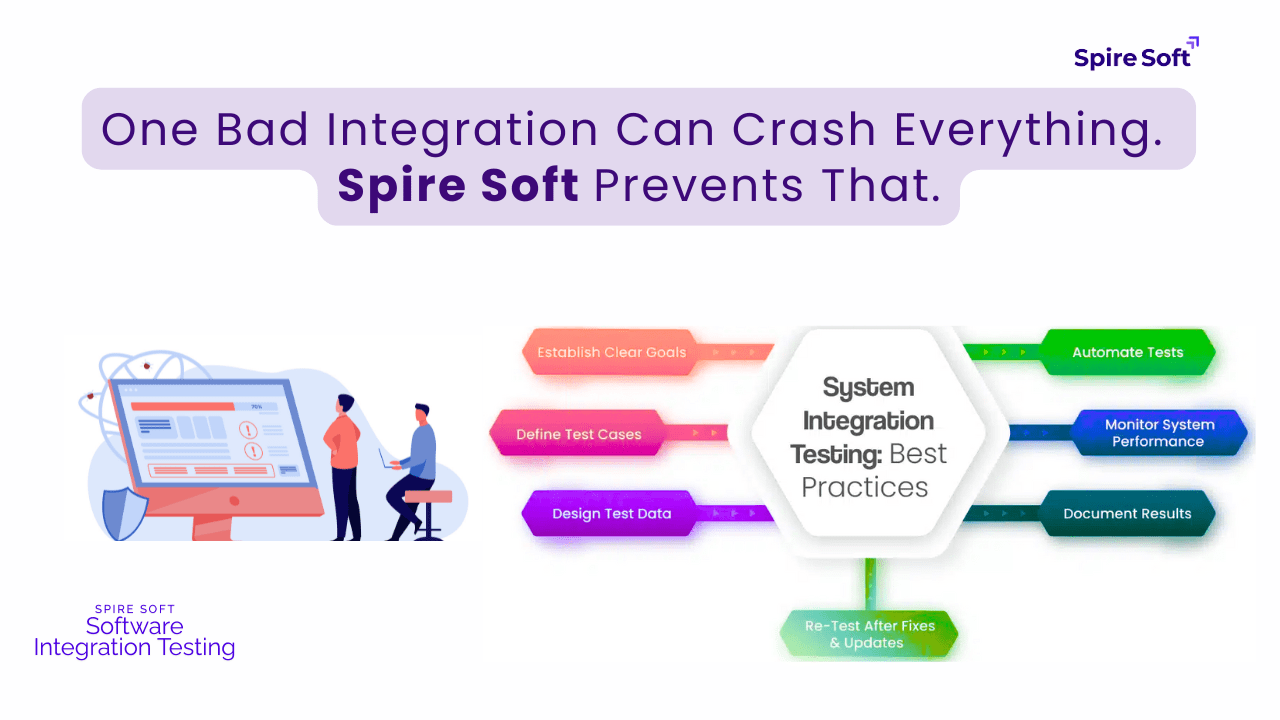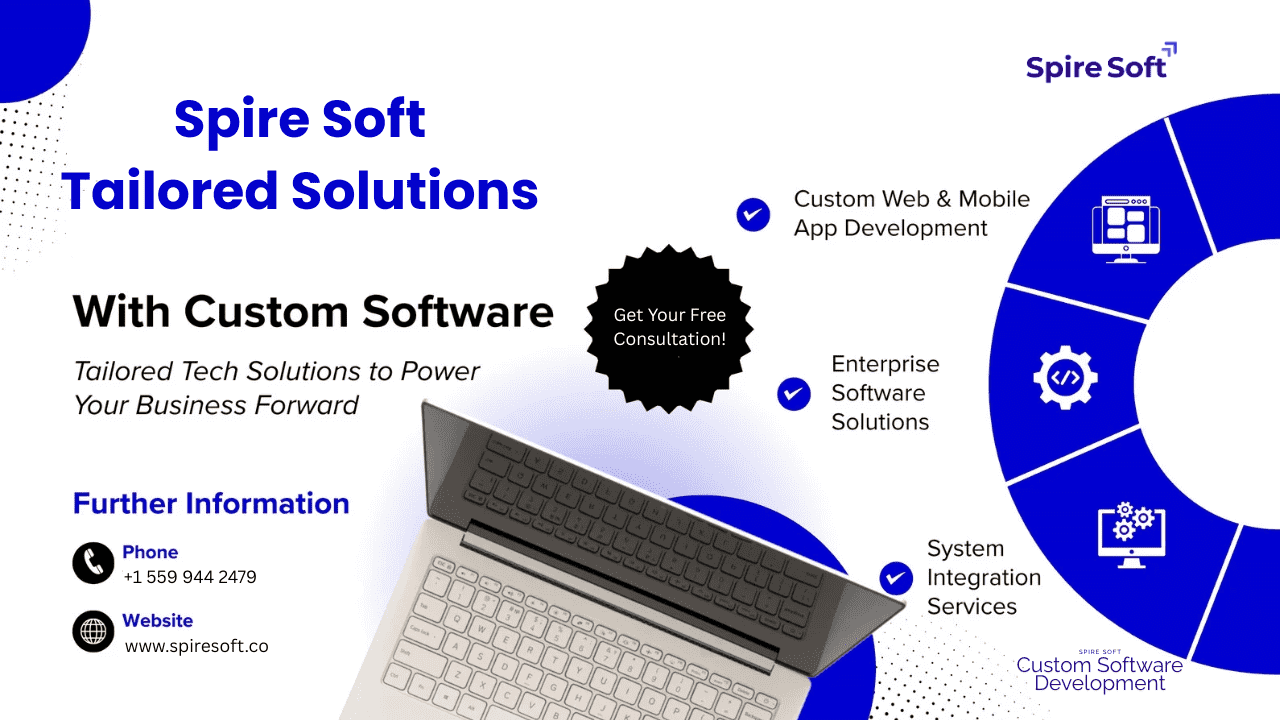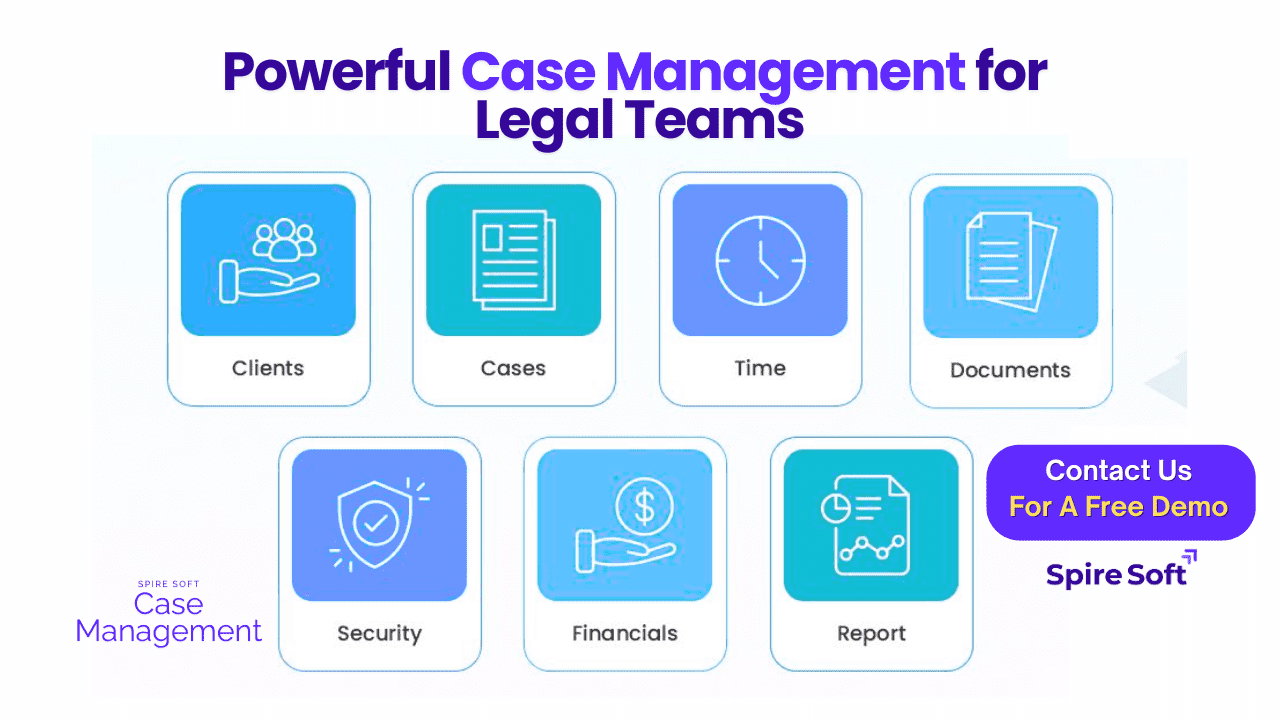Blog Post
How Enterprise Software Developers Tackle Security and Compliance Challenges
August 6, 2025
Table Of Content
Is your enterprise software truly secure, or just hoping to be? In today’s threat-heavy digital environment, that question isn’t optional—it’s mission-critical. Whether you’re handling customer data, managing internal systems, or running large-scale cloud applications, one misstep in security or compliance can result in operational chaos, financial penalties, and irreversible damage to your reputation.
That’s why enterprise software developers must do more than build performant software—they need to design for trust.
And that’s where a seasoned development partner like Spire Soft steps in—building systems that go beyond functionality to deliver enterprise-grade security, compliance, and long-term stability.
The difference between security and compliance:
Though often grouped, security and compliance serve distinct roles:
- Security protects your software from unauthorized access, breaches, and malicious behavior.
- Compliance ensures your systems meet legal, regulatory, and organizational standards, like GDPR, HIPAA, or SOC 2.
In the enterprise world, both are non-negotiable—and increasingly complex to get right without expert guidance.
Key security challenges Enterprise software developers face:
Developing enterprise-grade software is not just about writing functional code—it’s about engineering systems that can withstand a constantly evolving threat landscape. Below are the five most pressing security challenges faced by enterprise software developers today, especially those working with large organizations, sensitive data, and hybrid environments.
1. Evolving cyber threats
Cyberattacks are no longer rare or isolated—they’re constant, sophisticated, and well-funded. From zero-day vulnerabilities to phishing campaigns and ransomware, attackers are always one step ahead. For developers, this means security must be embedded in every layer of the application—not patched in later.
Enterprise systems are especially vulnerable due to their size, user volume, and number of integration points. One misconfigured API or unpatched open-source library can become the entry point for a major breach.
Why it matters:
Without a proactive security posture—including regular threat modeling, code scanning, and penetration testing—organizations risk losing critical data, revenue, and customer trust.
2. Legacy systems
Many enterprises still rely on legacy technologies that were never designed for today’s interconnected, cloud-driven environments. These systems might still work, but they pose serious risks:
- Outdated encryption standards
- Lack of vendor support or security patches
- Limited interoperability with modern tools
Integrating modern software with such systems requires workarounds and middleware, which can inadvertently introduce vulnerabilities or compromise performance.
Why it matters:
Poorly integrated legacy systems often become the weakest link in your enterprise security chain. Developers need to architect bridges that respect both the legacy system's limitations and today’s security standards—without disrupting business continuity.
3. Complex user roles and permissions
Enterprise environments can involve thousands of users, each with different access levels, departmental roles, and compliance obligations. Managing this complexity demands a robust Identity and Access Management (IAM) system that includes:
- Role-based access control (RBAC)
- Multi-factor authentication (MFA)
- Audit trails and session logs
- Dynamic permission updates
The challenge lies in enforcing the principle of least privilege—users only access what they absolutely need—without compromising usability or slowing down workflows.
Why it matters:
Access misuse—intentional or accidental—is one of the top causes of enterprise data breaches. Poor IAM policies can expose sensitive information internally, violating both security and compliance requirements.
4. Cloud-native security
Most enterprise software today runs partially or entirely in the cloud. But cloud environments introduce a shared responsibility model—where the cloud provider secures infrastructure, and the developer secures the application.
Developers must handle:
- API gateways and permissions
- Data encryption at rest and in transit
- Secure authentication and token management
- Environment isolation (e.g., dev vs prod)
- Secure CI/CD pipelines
Misconfigured cloud storage or unguarded access keys can leave mission-critical systems exposed to the public internet.
Why it matters:
Cloud convenience doesn’t equal cloud security. Without a well-defined cloud security strategy, enterprises are one misstep away from major exposure.
5. Real-time data governance
Enterprises increasingly rely on real-time applications—from live dashboards to automated alerts and AI-driven decisions. But managing real-time data requires far more than fast processing:
- Data must be encrypted on the fly
- Compliance filters must run in real time
- Retention policies need to adjust dynamically
- Audit trails must be accurate and complete
Handling Personally Identifiable Information (PII), financial data, or healthcare records in real time requires developers to build privacy-aware data pipelines that don’t trade speed for security.
Why it matters:
Any latency or failure in governance may lead to regulatory violations, flawed decisions, or unauthorized disclosures—especially in sectors like healthcare, finance, or legal.
Key compliance regulations enterprise developers must follow:
In enterprise software development, compliance isn’t just a checkbox—it’s a trust-building mechanism. Whether you're working with sensitive financial data, healthcare records, or global user bases, aligning with the right regulations is critical for legal protection, brand reputation, and customer confidence.
Here are the most essential compliance frameworks that enterprise software developers must understand and build around:
GDPR (General Data Protection Regulation)
Applicable to all organizations handling data of EU citizens, the GDPR enforces strict guidelines on how personal data is collected, processed, stored, and deleted. Developers must build features that support:
- User consent and data opt-outs
- Data access and portability requests
- Data minimization and retention controls
- Breach notification mechanisms
Why it matters:
Failure to comply can result in fines of up to 4% of global annual revenue. More importantly, respecting user privacy is now a baseline expectation.
HIPAA (Health Insurance Portability and Accountability Act)
For applications used in the U.S. healthcare space, HIPAA sets the gold standard for managing Protected Health Information (PHI). Developers working in this domain must ensure:
- End-to-end encryption of PHI
- Role-based access controls and audit logging
- Data integrity and secure transmission protocols
- Business Associate Agreements (BAAs) with third-party services
Why it matters:
Even minor lapses can lead to heavy penalties, legal action, and loss of patient trust. HIPAA compliance is critical for any health-tech or insurance solution.
SOC 2 (System and Organization Controls)
SOC 2 compliance is essential for SaaS providers and cloud-based solutions that manage customer data. It covers five key trust principles: Security, Availability, Processing Integrity, Confidentiality, and Privacy.
Developers must implement:
- Continuous system monitoring
- Incident response mechanisms
- Change management controls
- Regular internal audits and documentation
Why it matters:
SOC 2 is increasingly a requirement in vendor assessments. Without it, large enterprise clients may not even consider your solution.
PCI-DSS (Payment Card Industry Data Security Standard)
If your software processes, stores, or transmits credit card or payment data, PCI-DSS compliance is mandatory. Key development requirements include:
- Strong encryption and tokenization for payment data
- Secure storage practices and access logging
- Vulnerability management and secure authentication
- Regular penetration testing and network scans
Why it matters:
PCI-DSS violations can lead to revoked payment processing privileges, making your software unsuitable for commerce or subscription-based models.
ISO/IEC 27001
This globally recognized standard defines best practices for establishing, implementing, and maintaining an Information Security Management System (ISMS). For developers, this involves:
- Risk assessment and mitigation strategies
- Security policies and access management
- Staff training and technical controls
- Continuous improvement through audits and metrics
Why it matters:
ISO/IEC 27001 certification signals your commitment to long-term security and governance, making your software more attractive to enterprise buyers.
How do enterprise software developers stay compliant and secure?
1. Secure-by-design approach
Modern enterprise developers embed security into every layer of the system—from architecture to code. This means:
- Encryption at rest and in transit
- Role-based access with strict least-privilege enforcement
- Threat modeling before development begins
- Minimizing third-party dependencies
At Spire Soft, our development lifecycle starts with a threat and compliance assessment, not ends with it.
2. Continuous monitoring and audits
Security isn’t a one-time effort. Developers must implement automated monitoring, log analysis, and real-time alerts to catch suspicious activity or potential non-compliance.
Spire Soft uses automated scanning tools, internal audits, and runtime monitoring to ensure that our clients’ systems meet compliance every day—not just on audit day.
3. DevSecOps culture
Security is embedded directly into the CI/CD pipeline. From the moment a developer pushes code, it’s scanned, tested, and reviewed for compliance.
This process reduces delays and keeps security aligned with feature velocity.
4. Access control & encryption best practices
Whether managing healthcare records or financial data, Spire Soft follows enterprise-grade standards:
- Multi-factor authentication (MFA)
- Encryption protocols like TLS 1.3
- Token-based session management
- Federated identity and SSO support
5. Regulatory updates and governance policies
Laws evolve, and so must your software. Enterprise developers at Spire Soft track updates in regulations and update systems accordingly—through versioned APIs, permission audits, and documentation reviews.
Why Spire Soft is the right partner for secure enterprise development?
Security isn’t an add-on—it’s in our DNA. Spire Soft works with enterprises that value longevity, reputation, and data protection. Here’s what sets us apart:
- Custom-built security blueprints tailored to your industry
- Regulatory specialists who help interpret and implement standards
- Agile teams that balance speed with governance
- Cloud, hybrid, and on-premises deployment expertise
Spire Soft is not just a group of developers. Instead, we’re your long-term software security and compliance partner.
Conclusion:
Building secure enterprise systems is a strategy, not a checklist. If your software powers your business, security is your moat, and compliance is your license to operate.
In a world where attacks are inevitable and regulations are tightening; the only sustainable solution is a development partner that builds with foresight.
Want to audit your existing enterprise software for security gaps? Schedule a Security Consultation with Spire Soft.
FAQs:
Q1. Can I secure a legacy system without replacing it?
Yes. At Spire Soft, we specialize in modernizing legacy systems through secure API layers, access control wrapping, and custom middleware—without full system rebuilds.
Q2. What’s the difference between SOC 2 and ISO 27001?
SOC 2 is more focused on U.S.-based service providers and customer trust, while ISO 27001 is a global framework for managing information security. Many enterprises pursue both, depending on the industry.
Q3. What’s the first step in making sure our next build is compliant?
A discovery consultation. Spire Soft helps you identify applicable regulations, risk areas, and architectural decisions to prioritize upfront.
Q4. What if our software is already live? Is it too late?
Not at all. We offer security hardening services and compliance retrofitting, allowing you to meet standards without shutting down operations.




